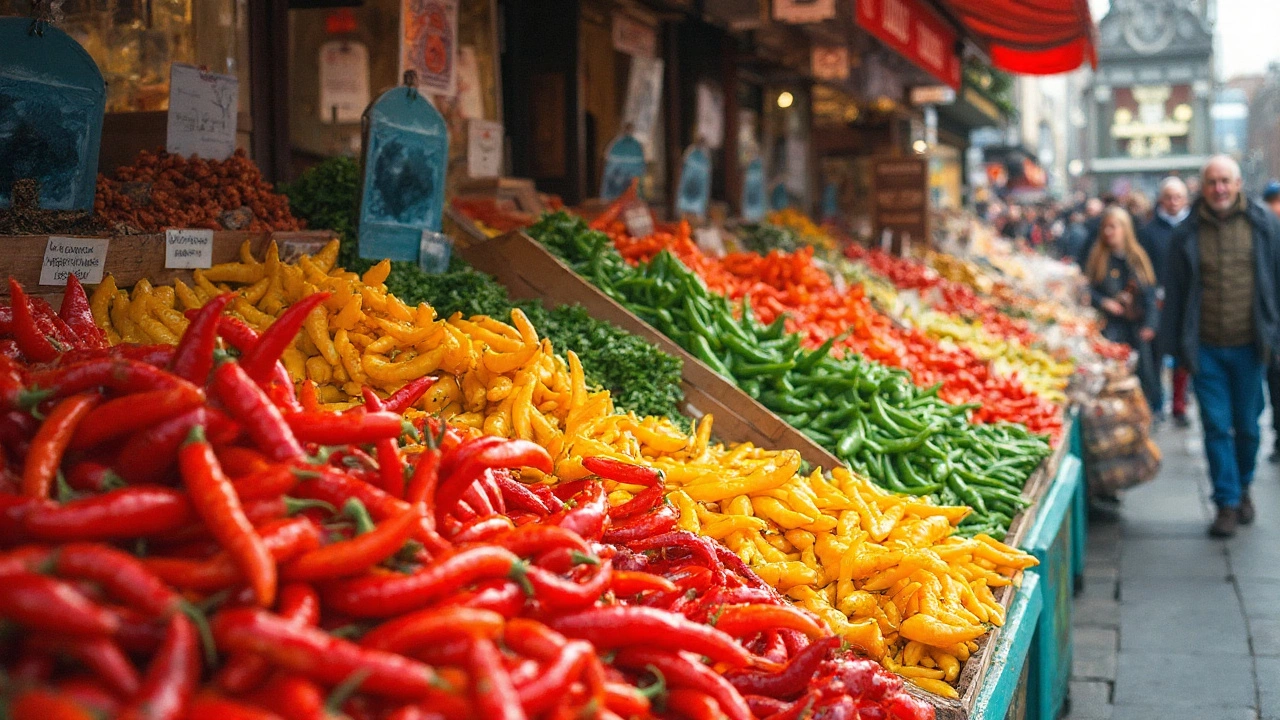
Who Is the King of Spicy? Unmasking the World's Hottest Pepper
Searching for the king of spicy? Dive into the wild world of chili peppers, discover the hottest contenders, and get tips for surviving the heat like a pro.
If you’ve ever wondered why some sauces feel like a firework and others barely tingle, the answer lies in the Scoville Scale. It’s the tool that tells you exactly how hot a pepper or sauce is, using numbers instead of guesswork. No need to be a food scientist – this guide breaks it down so you can use the scale in your kitchen right away.
The Scoville Scale measures the concentration of capsaicin, the chemical that makes peppers spicy. When Wilbur Scoville invented it in 1912, he diluted pepper extract in sugar water until a panel of tasters could no longer feel the heat. The amount of dilution gave the pepper its Scoville Heat Unit (SHU) rating. For example, a bell pepper sits at 0 SHU, a jalapeño ranges from 2,500 to 8,000 SHU, and a Carolina Reaper can top 2 million SHU.
Those numbers sound huge, but they’re just a way to compare spiciness. Higher SHU means more capsaicin, which means a stronger burn. Knowing a pepper’s SHU helps you balance flavors, avoid accidental mouth‑burn, and pick the right heat level for any dish.
You don’t need fancy lab equipment to apply the Scoville Scale. Here’s a simple method:
Another handy tip: pair high‑SHU foods with dairy, sugar, or acidic ingredients. Milk proteins bind to capsaicin, while sugar and acid help tone down the burn without killing the flavor.
Now you can confidently pick the right pepper for a salsa, adjust the heat of a curry, or impress friends by explaining why your hot sauce is 150,000 SHU. The Scoville Scale isn’t just for scientists – it’s a practical tool for anyone who loves bold flavors.
Remember, heat is personal. Your “just right” might be someone else’s “ouch.” Use the scale as a guide, not a rule, and enjoy experimenting with spice levels. Happy cooking!

Searching for the king of spicy? Dive into the wild world of chili peppers, discover the hottest contenders, and get tips for surviving the heat like a pro.